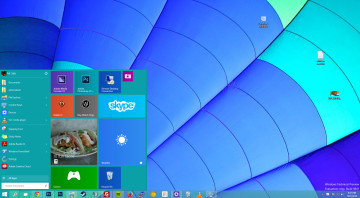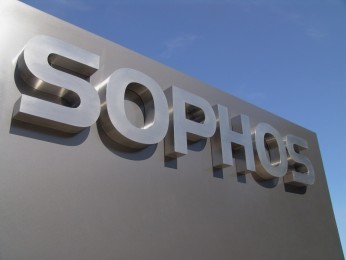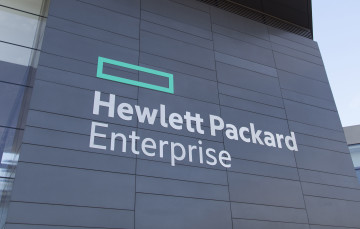 Software King of the World Microsoft might actually be losing market share on its Windows 10 operating system.
Software King of the World Microsoft might actually be losing market share on its Windows 10 operating system.
Recently, Vole bragged that Windows 10 was running on 400 million devices, but the operating system’s market share lost ground in September in a move that could worry Microsoft’s partners.
StatCounter Global Stats has Windows 10 at 24.42 percent desktop OS market share for September, down just .01 percent from its August share. Netmarketshare said Windows 10 dropped from August’s 22.99 percent to a September reading of 22.53 percent.
StatCounter has recently recorded a surge in “Unknown” desktop operating systems, up from 4.06 per cent in June to 6.42 percent in September.
Windows 7 remains in top position in all three of the data sources. StatCounter clocked it at 34.9 percent and Netmarketshare gave it 48.27 percent market share, up 1.02 points over August.
XP’s has fallen to 9.11 percent on Netmarketshare and 5.44 percent StatCounter.
Windows 8.1 is between six and eight percent market share and Vista is nowhere to be found.
It would indicate that while Windows 10 has done well in the consumer market, it has not been widely adopted by business yet. This would make it a harder sell for sellers in the business channel. That’s an awful lot of percents.



















